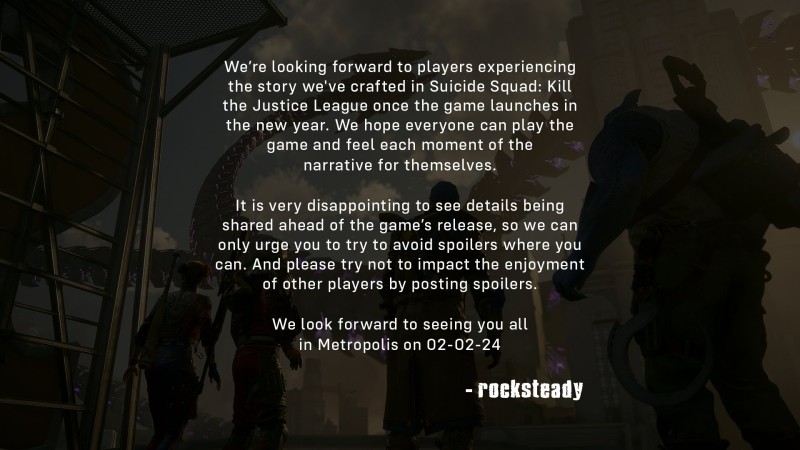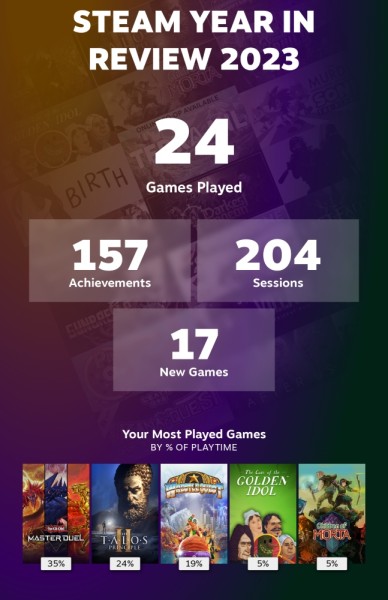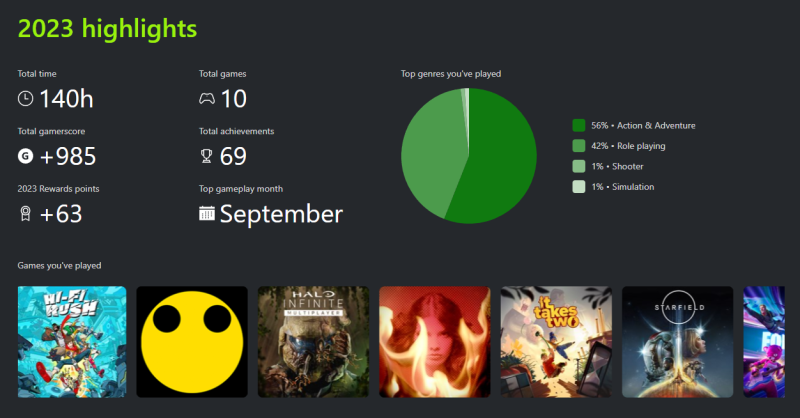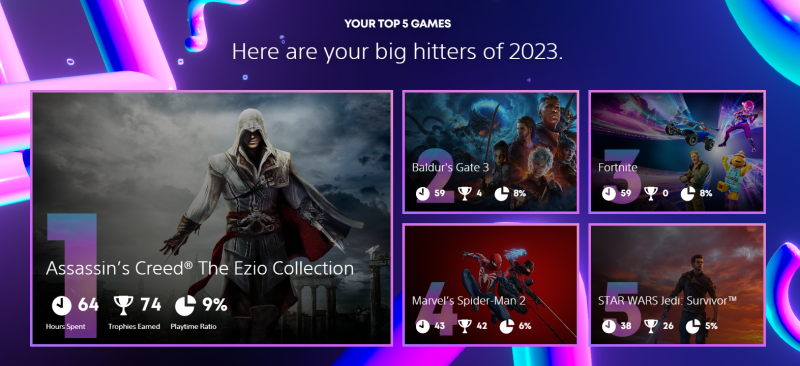
Screening for colon cancer reduces cancer rates by substantially more than previous analyses of randomized trials suggest, according to a study co-authored by an MIT economist that takes a new look at data from five trials.
Roughly 1 percent of participants in a given trial get colon cancer in the decade following the trial. The new findings, based on data from trials in half a dozen countries, show that screening reduces this rate by about 0.5 percent. That is twice the impact previously estimated; earlier studies placed the screening effect at around a quarter of a percentage point.
“The effect of actually getting screened is about half a percentage point, double previously published results which focus on the effect of being invited to screen,” says MIT econometrician Josh Angrist. The large size of this effect relative to the baseline enhances the case for colorectal (CRC) screening, he adds.
The findings are important, Angrist says, because many trial subjects offered the chance to screen via colonoscopy or sigmoidoscopy decide to skip it. Prior studies fail to properly account for such “nonadherence” to the intended treatment.
“Nonadherence is widespread in randomized clinical trials, especially those offering relatively unpleasant interventions like CRC screening,” Angrist says. “Offers of a free colonoscopy are not always taken up with enthusiasm.”
This poses a problem for trial analysis because, while offers to screen are randomly assigned in randomized screening trials, the decision to screen may be far from random.
The paper, “Instrumental Variable Methods Reconcile Intention-To-Screen Effects Across Pragmatic Cancer Screening Trials,” was published Friday in Proceedings of the National Academy of Sciences. The authors are Angrist, the Ford Professor of Economics at MIT, and Peter Hull PhD ’17, a professor of economics at Brown University.
Getting screened, not just being invited to screen
The effectiveness of cancer screening is the focus of an active research literature. It might seem that getting screened for cancer is always important, but many complicating factors, including the potential for false positives and consequent overtreatment, motivate research into the benefits and costs of such procedures.
The Angrist and Hull study examines data from five major randomized clinical trials of screenings for colorectal cancer. Four of the screenings used sigmoidoscopies (partial colonoscopies), while one offered full colonoscopies. All the trials were randomized, with a randomly selected treatment group offered screening and a control group that remained mostly screened.
In each trial, however, the number of participants in the treatment group who actually got screened varied widely, from 42 percent to 87 percent, well below the number offered the chance to screen.
“In many clinical trials, there can be quite a few people who aren’t treated as planned,” Angrist says. “Cancer screening trials are a setting where that’s especially problematic.”
Earlier studies focus on comparisons based on randomly assigned screening offers, with no proper adjustment for how many people actually got screened. The core of the new analysis adjusts intention-to-screen effects to produce valid measures of the effect on people who were actually screened.
The adjustment uses an econometric method called “instrumental variables” — “IV,” to economists — that in this case captures the effect of screening on those who were screened.
“Cancer screening trials, with their substantial nonadherence to the treatment protocol, are really an ideal scenario for IV,” Angrist says.
The new analysis also resolves a key puzzle in the earlier studies: the variablility in findings across trials. Angrist and Hull found that IV estimates from the five trials align remarkably well, showing a fairly consistent 0.5 percentage point decrease in cancer incidence among those who were screened.
“Across five different trials and a bunch of subgroups, the results do fall on a line, even though the ITS effects were quite different across the trials” Angrist says, referring to estimates focusing on effects of screening offers. “Once you do the adherence adjustment, they cluster around half a percent.”
Using the tool kit
Angrist is a longtime econometrician who has worked to upgrade the tools social scientists use to estimate causal effects in wide-ranging domains including education, labor economics, health care, and more. His methods have also been adopted by some biostatisticians.
“But not enough,” Angrist says. “Peter Hull and I set out to show the power of IV to generate new findings in this important area.”
Angrist shared the 2021 Nobel Prize in Economics with David Card of the University of California at Berkeley and Guido Imbens of Stanford University for their work on econometric tools. Angrist’s Nobel citation describes his theoretical work with Imbens on IV, which showed for the first time that IV methods capture something called a “local average treatment effects.” In the context of CRC screening trials, this is simply the average effect of screening on the screened.
Angrist and Hull conclude their paper with a call to make IV analysis a routine part of clinical research.
“If you want to encourage a reluctant colonoscopy patient, you shouldn’t tell them the effect of being invited to screen, you should tell them the effect of actually being screened,” Angrist says. “And that’s a much bigger number.”







